

Structure of Local Governance Under The Fourth Republic
Regional Coordinating Council
The Regional Coordinating Council consists of the Regional Minister as Chairman and his Deputy of Deputies, the presiding member of each Districts Assembly and the District Chief Executives of each district in the region, two chiefs from the Regional House of chiefs and the regional heads of the decentralized department in the region without voting right. Regional Coordinating Councils are established for each of the Sixth regions of Ghana.
Metropolitan, Municipal And District Assemblies
The Metropolitan, Municipal and District Assemblies (MMDAs currently 261) consist of the Chief Executive, the Member or Members of Parliament representing constituencies within the district, 70% of the members directly elected by universal adult suffrage, and 30% of the members appointed by the President in consultation with the chiefs and other interest groups in the district. In practice, the processes for the appointment of the 30% of the President's nominees are carried out by the Minister responsible for Local Government working with the Regional Ministers.
The District Chief Executive is nominated by the President, approved by two-thirds of the members of the District Assembly present and voting, and appointed by the President. The District Assembly has a Presiding Member who is elected from among the District Assembly members by two-thirds of all the members of the Assembly.
Metropolitan Assembly
The Metropolitan Assembly is established for districts with a population of 250,000 and over. From an initial three comprising Accra, Kumasi and the then Shama-Ahanta East (now Sekondi-Takoradi but without Shama), the number of Metropolitan Assemblies was increased to four in 2004 with the addition of Tamale, and thereafter to six in 2007, with the addition of Cape Coast and Tema. As of 2025, there are in total 13 Metropolitan Assemblies after the inclusion of Sunyani Metropolitan, Gomoa East Metropolitan, Kpone Katamanso Metropolitan, Techiman Metropolitan, New Juaben South Metropolitan, Wa Metropolitan and Ho Metropolitan.
Municipal Assembly
The Municipal Assemblies were established for single compact settlements' with populations of 95,000 and above and were consequently referred to as one-town Assemblies'. The population threshold was not changed when the total national population changed with the 2010 population census. From an initial four in 1988/89, Municipal Assemblies were increased to ten in 2004 and subsequently to forty-seven in 2007/2008. In 2012, eight more Municipal Assemblies were created bringing the total number to fifty-five. Most of these so-called Municipalities did not satisfy the criterion of single compact settlement to qualify for Municipality. There are currently 124 Municipal Assemblies in existence.
District Assembly
District Assemblies exist for geographically contiguous areas with populations of between 75,000 and 95,000. As in the case of the Metropolitan and Municipal Assemblies, the population threshold was not changed when the total national population changed with the 2010 population census. There are 124 District Assemblies currently in existence.
Sub-Metropolitan District Councils
Sub-Metropolitan District Councils (SMDCs) are the level immediately below the Metropolitan Assemblies, which are the only category to have this extra level. They are regulated by the Local Government (Sub-Metropolitan District Councils of Metropolitan Assemblies) (Establishment, Composition and Functions) Instrument. From an initial 13, there are now over 20 SMDCs in existence.
Urban Council
The Urban Council consists of not less than ten and not more than fifteen members, made up of not more than five persons elected from among the members of the relevant District Assembly and not more than ten representatives from the Unit Committees in the area of authority of the Urban Council.
Zonal Council
The Zonal Council exists in the Municipal Assembly areas only. It is the equivalent of the It consists of not less than ten and not more than fifteen members made up of not more than five persons elected from among the members of the relevant Municipal Assembly and not more than five representatives from the Unit Committees
Environmental Development
The Environmental Developmental formerly known as Town/ Area Councils consist of not less than ten and not more than fifteen members made up of not more than five persons elected from among the members of the relevant Assembly and not more than ten representatives from the Unit Committees.'
Unit Committee
The Unit Committee consists of not more than five persons ordinarily resident in the Unit directly elected universal adult suffrage.
Click to watch a brief video on the Structure of Local Governance..
Date Created : 7/24/2025 12:00:00 AM
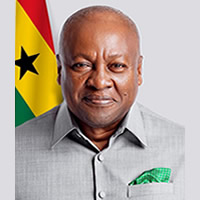
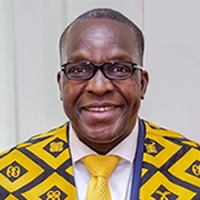
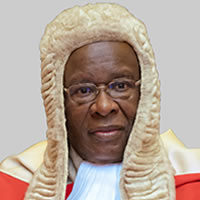
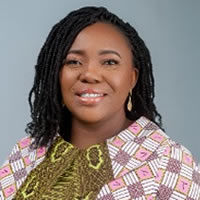

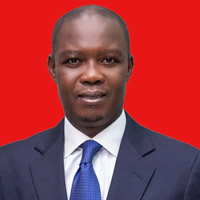








 facebook
facebook
 twitter
twitter
 Youtube
Youtube
 +233 593 831 280
+233 593 831 280 0800 430 430
0800 430 430 GPS: GE-231-4383
GPS: GE-231-4383 info@ghanadistricts.com
info@ghanadistricts.com Box GP1044, Accra, Ghana
Box GP1044, Accra, Ghana